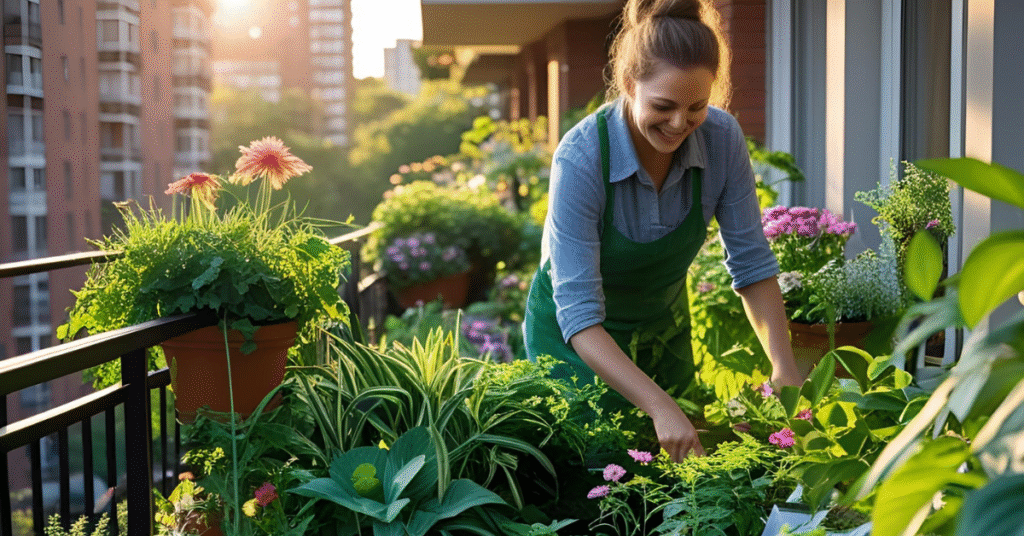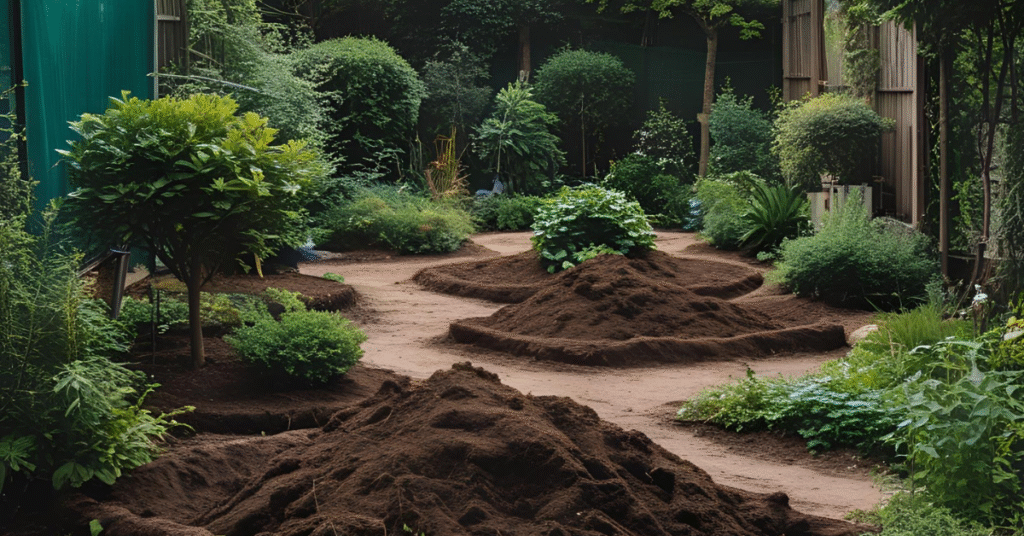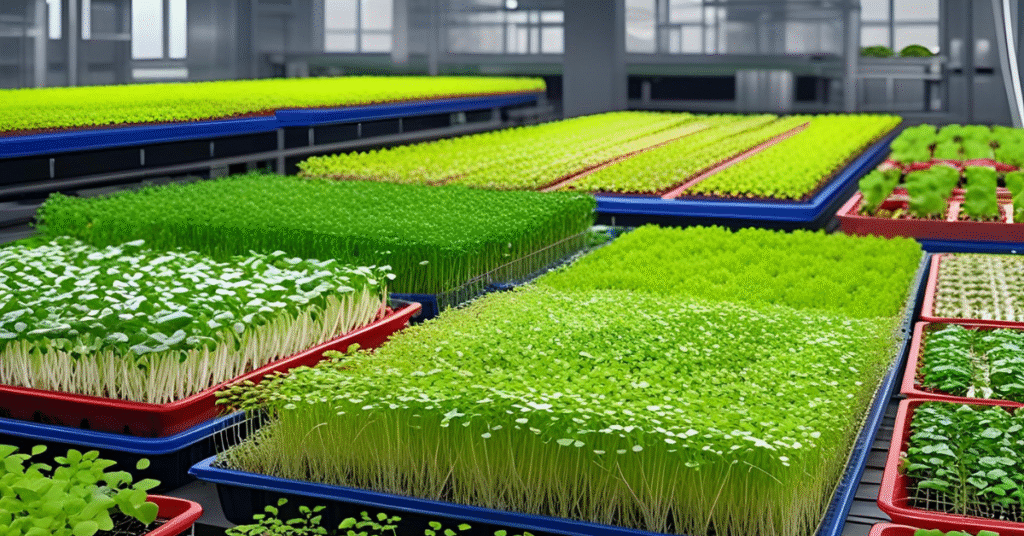Urban farming is growing a greener future as cities worldwide embrace sustainable agriculture solutions. With over 68% of the global population expected to live in urban areas by 2050, city farming has become essential for food security, environmental sustainability, and community health. This comprehensive guide explores how apartment agriculture and microgreens cultivation can transform your urban living space into a productive, sustainable food source.
Why Urban Farming Matters Now More Than Ever
The advantages of urban farming extend far beyond fresh produce. Urban agriculture reduces food miles by up to 95%, cuts household food costs by an average of $1,200 annually, and creates green spaces that improve air quality and reduce urban heat islands by 2-4°F.
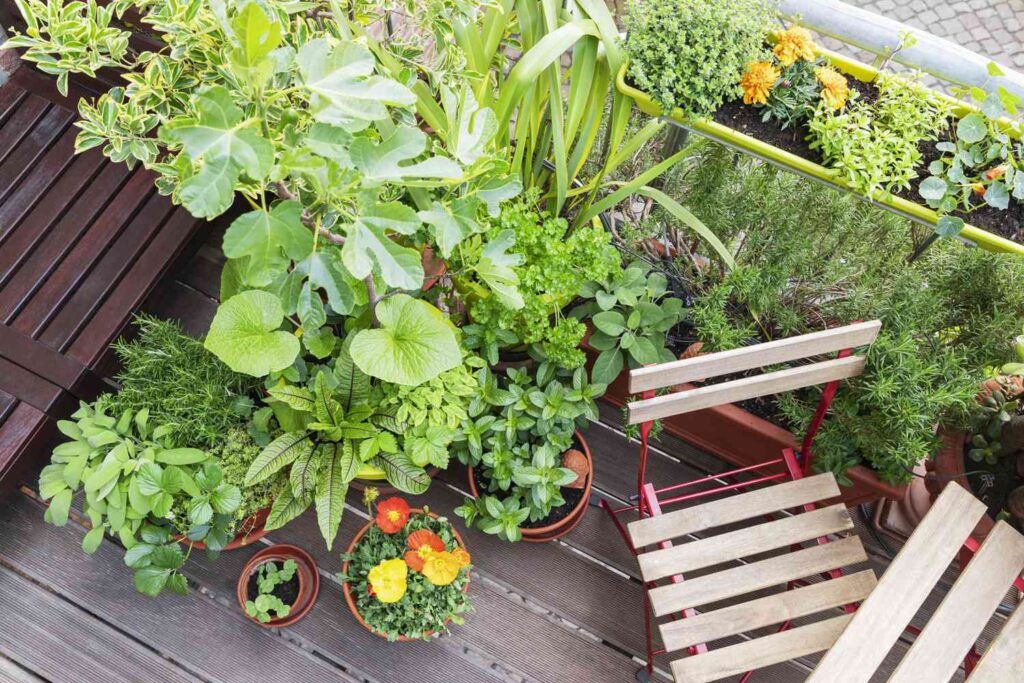
Microgreens Growth Timeline: From Seed to Harvest
Day 1-3
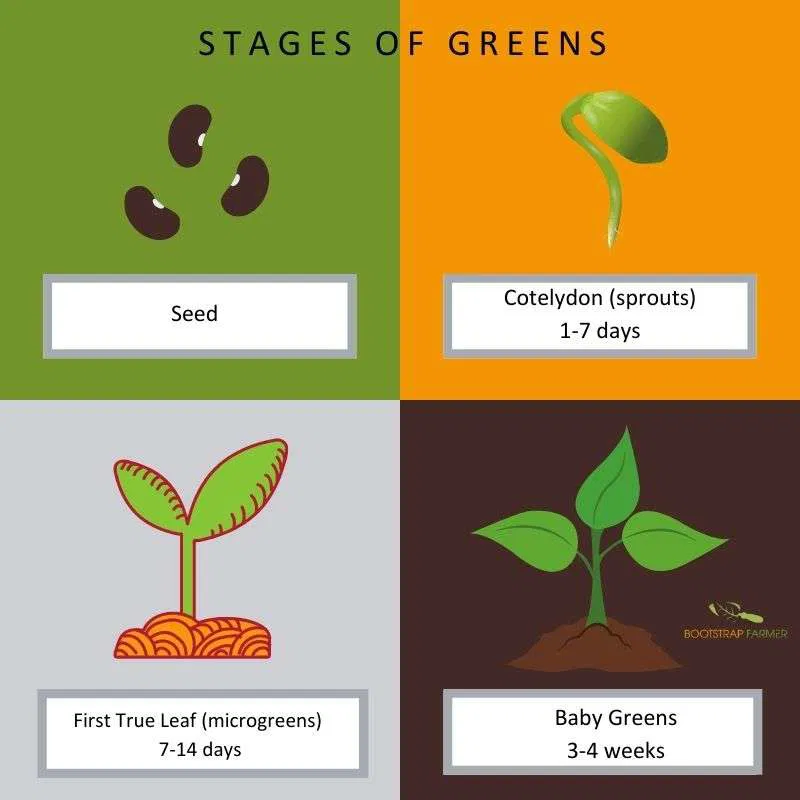
Germination Phase
Seeds are soaked for 6-8 hours, then placed in growing medium. Keep in darkness to encourage rapid root development. Mist twice daily with clean water.
Day 4-7

First Leaves Emerge
Cotyledon leaves appear and plants reach 1-2 inches. Move to indirect light and continue misting. This is when your urban farming efforts start showing visible results.
Day 8-14

Harvest Ready
Microgreens reach 2-4 inches with developed true leaves. Perfect for harvesting! Cut just above soil level with clean scissors for maximum nutrition and flavor.
Total growing time: 7-14 days depending on variety. This rapid cycle makes microgreens perfect for continuous urban farming production.
Complete Step-by-Step Urban Farming Guide
1: Prepare Your Growing Trays
For successful apartment agriculture, use shallow trays with drainage holes. Food-grade plastic or ceramic work best. Fill with 1-2 inches of organic potting mix or coconut coir. Ensure your urban farming setup has proper drainage to prevent mold.
- 10×20 inch trays with drainage
- Organic growing medium
- Clean water for misting
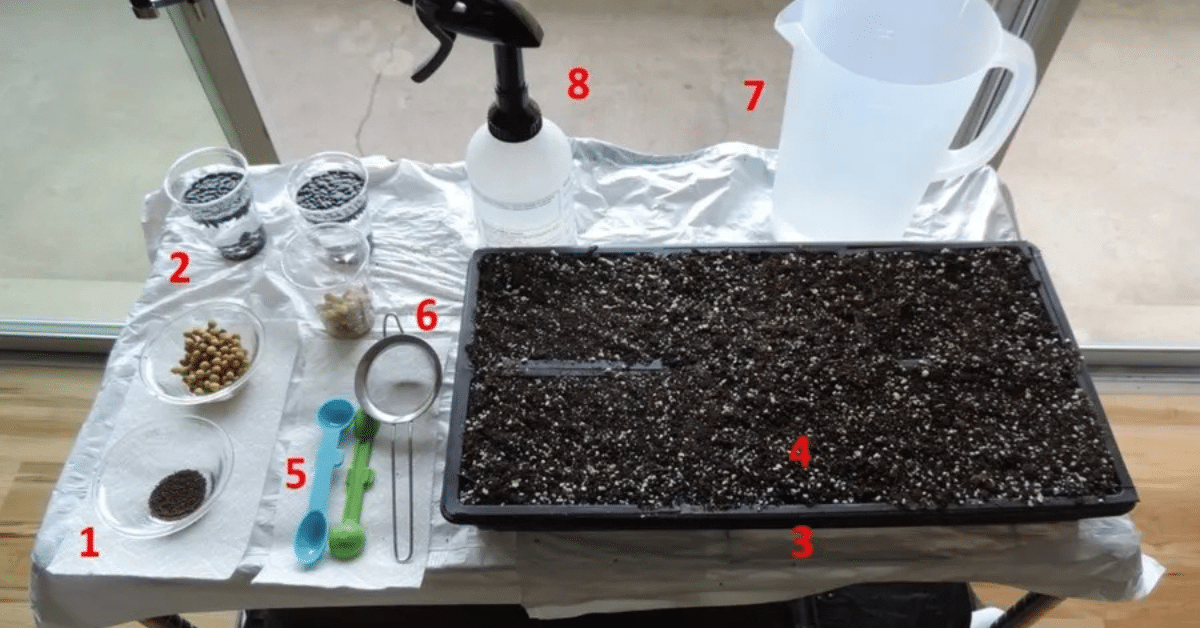
2: Seed Selection and Soaking
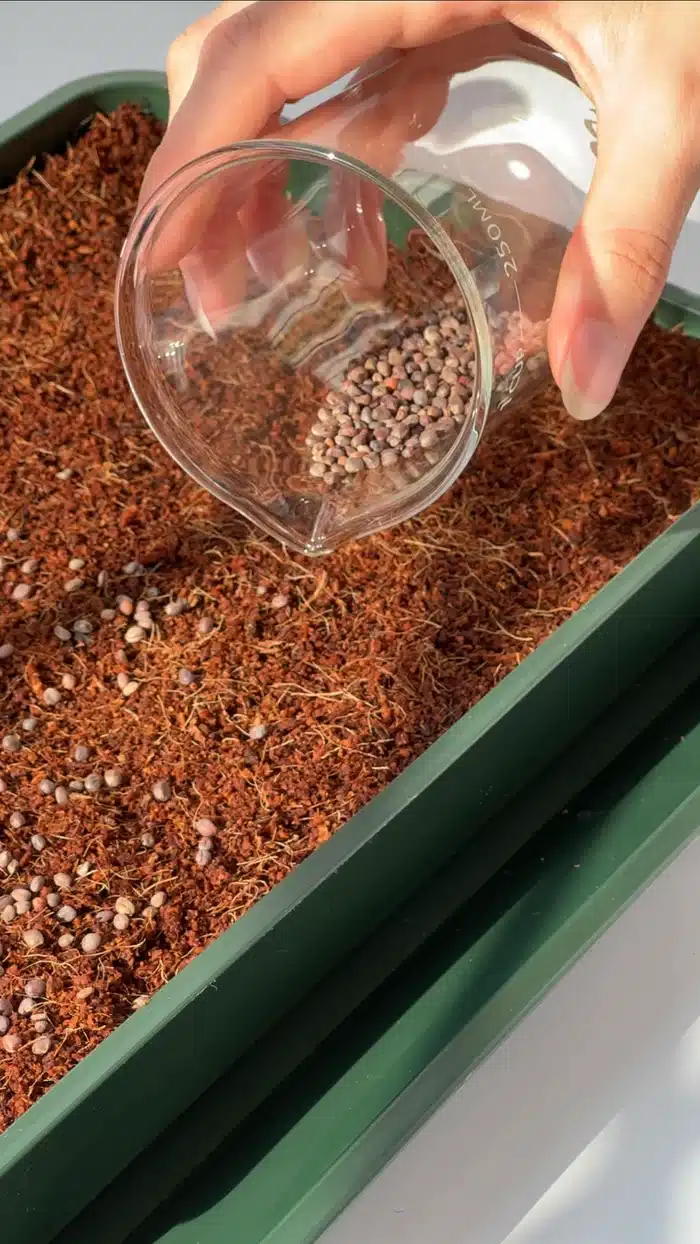
Choose high-quality microgreen seeds like broccoli, radish, or pea shoots. City farming success depends on seed quality. Soak seeds for 6-8 hours in clean water to activate germination. This step dramatically improves your success rate.
Pro Tip: Start with easy varieties like broccoli or radish for your first urban farming project.
3: Planting and Initial Care
Spread soaked seeds evenly across the growing medium. The density should be high but not overlapping. Cover with a dark cloth or another tray for the blackout period (2-4 days). This encourages strong stem development in your urban farming system.
65-75°F
Ideal Temperature
2x Daily
Misting Frequency
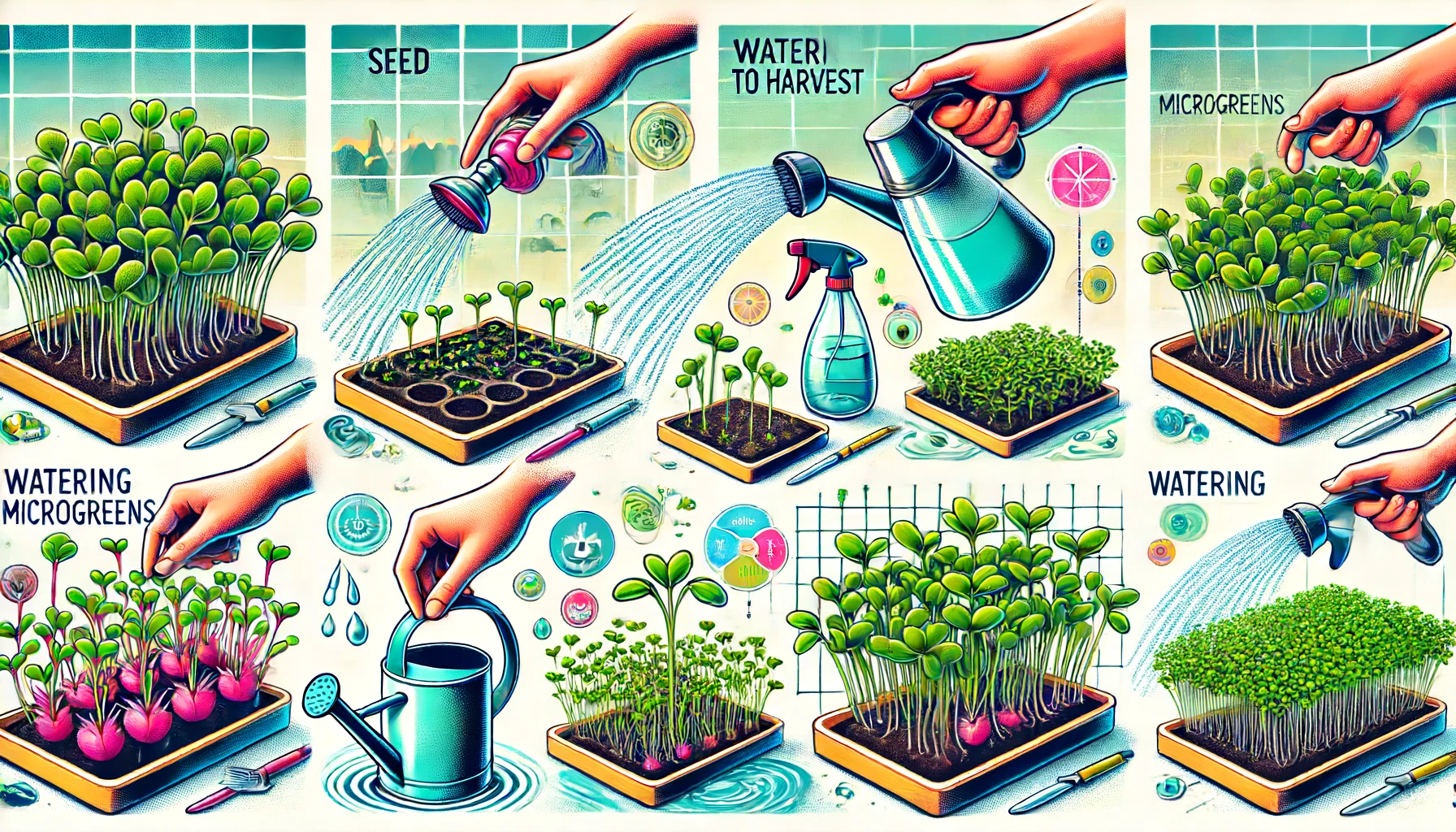
4: Light Exposure and Harvesting
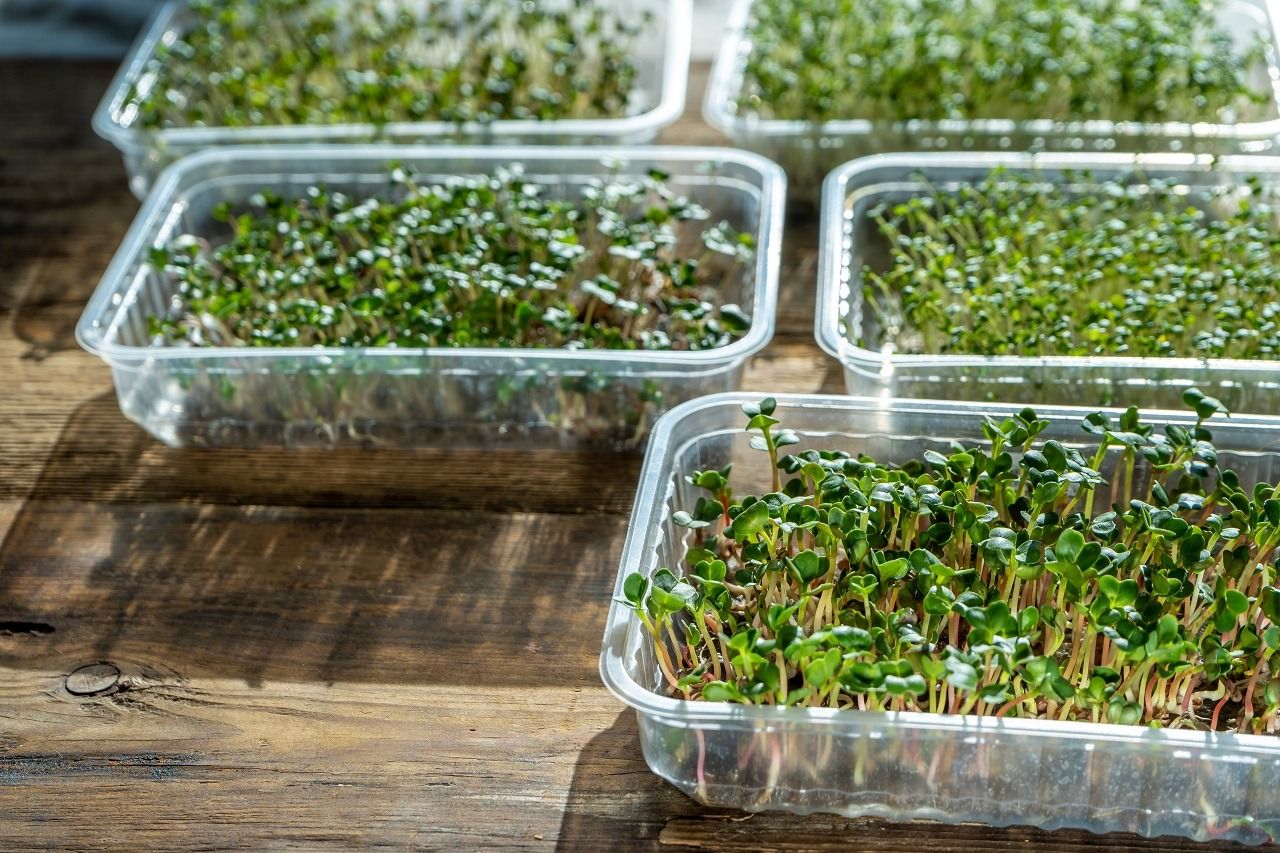
After the blackout period, gradually introduce light. A south-facing window or grow lights work perfectly for farming in the city. Harvest when microgreens reach 2-4 inches tall by cutting just above the soil line with clean scissors.
Light Requirements: 4-6 hours of indirect sunlight or 12-16 hours under LED grow lights.
Adapting Your Urban Farm to Climate Challenges
The advantages of urban agriculture include year-round growing potential, but climate adaptation is crucial for consistent success in city farming.
Hot Weather Solutions
- Increase Ventilation: Use fans to improve air circulation and prevent overheating in your urban farming setup.
- Shade Cloth Protection: 30-50% shade cloth reduces temperature by 10-15°F during peak summer.
- Morning Harvesting: Collect microgreens early morning when temperatures are cooler for better storage.
- Frequent Misting: Increase watering frequency to 3-4 times daily during heat waves.
Cold Weather Adaptations
- Indoor Growing: Move your apartment agriculture setup indoors near south-facing windows.
- Heating Mats: Use seedling heat mats to maintain 65-75°F for optimal germination.
- LED Grow Lights: Supplement natural light with full-spectrum LEDs for 12-14 hours daily.
- Insulation Techniques: Use clear plastic covers or mini-greenhouses to maintain warmth.
Climate Success Tips
Monitor temperature and humidity levels regularly. Most microgreens thrive in 60-70% humidity and temperatures between 65-75°F. Adjust your urban farming practices seasonally for consistent harvests year-round.
Temperature
65-75°F Optimal
Humidity
60-70% Range
Air Flow
Gentle Circulation
The Transformative Advantages of Urban Agriculture
Understanding the advantages of urban farming helps you appreciate why this movement is essential for sustainable city living. Here’s how urban farming is growing a greener future for communities worldwide.
Environmental Impact
- Reduces food miles by 95%
- Decreases urban heat by 2-4°F
- Improves air quality significantly
- Prevents stormwater runoff
Economic Advantages
- Saves $1,200+ annually on groceries
- Creates local employment opportunities
- Increases property values by 9.4%
- Generates potential income streams
Health & Wellness
- Saves $1,200+ annually on groceries
- Creates local employment opportunities
- Increases property values by 9.4%
- Generates potential income streams
Community Building
- Strengthens neighborhood connections
- Provides educational opportunities
- Improves food security access
- Cultivates environmental awareness
Food Security
- Year-round fresh produce availability
- Reduces dependency on supply chains
- Addresses food desert challenges
- Ensures harvest-to-table freshness
Innovation Catalyst
- Drives vertical farming technology
- Encourages sustainable practices
- Promotes circular economy principles
- Inspires green building designs
How Urban Farming Transforms Daily Life
Simple Changes, Remarkable Results
Daily Routine Enhancements
- Morning Fresh Start: Harvest microgreens for your smoothie or breakfast bowl, adding 40x more nutrients than regular vegetables.
- Cooking Creativity: Fresh microgreens inspire new recipes and elevate everyday meals with gourmet flavors.
- Mindful Moments: Daily tending creates peaceful breaks from urban stress, promoting mental well-being.
Long-term Lifestyle Benefits
- Budget Optimization: Average households save $100+ monthly on organic produce through urban farming.
- Family Education: Children learn about nutrition, sustainability, and responsibility through hands-on gardening.
- Community Connection: Share harvests and knowledge with neighbors, building stronger urban communities.
Productivity Boost
Urban farming can improve focus and reduce workplace stress by 23%
Health Improvement
Regular microgreen consumption increases vitamin intake by 300%
Environmental Impact
Personal carbon footprint reduction of 1,200 lbs CO2 annually
Frequently Asked Questions About Urban Farming
How does urban farming contribute to growing a greener future?
Urban farming is growing a greener future by reducing food transportation emissions by 95%, creating carbon-absorbing green spaces, and producing food using 95% less water than traditional agriculture. Cities with urban farming programs report 15-20% reductions in local carbon footprints and improved air quality through increased vegetation coverage.
What are the main advantages of urban farming for apartment dwellers?
The advantages of urban farming for apartment residents include year-round fresh produce access, $1,200+ annual grocery savings, improved air quality indoors, stress reduction through gardening activities, and the ability to control pesticide use. Apartment agriculture requires minimal space (as little as 2 square feet) and can produce 4-6 harvests monthly of nutrient-dense microgreens.
How much space do I need to start city farming in my apartment?
City farming can begin with just 2-4 square feet of space. A standard 10×20 inch tray fits perfectly on most windowsills or countertops. For maximum production, allocate 6-10 square feet for multiple trays, allowing continuous harvests. Vertical growing systems can triple your production capacity within the same footprint, making farming in the city accessible to any living situation.
What are the economic benefits of urban agriculture for communities?
The advantages of urban agriculture extend beyond individual savings to community-wide economic benefits. Urban farms create jobs (average $54,000 annual income for small-scale farmers), reduce healthcare costs through improved nutrition access, increase property values by 9.4% in surrounding areas, and generate local business opportunities through farmers’ markets and food processing.
How long does it take to see results from urban farming?
Urban farming shows rapid results compared to traditional agriculture. Microgreens are ready to harvest in 7-14 days, providing immediate satisfaction and nutrition. Most apartment dwellers see their first successful harvest within two weeks of starting, with continuous production possible year-round. Financial benefits become apparent within the first month, typically saving $50-100 on grocery bills.
Can urban farming really address food security in cities?
Yes, urban farming is growing a greener future by significantly improving food security. Studies show that dedicating just 10% of urban space to agriculture could feed 15% of the city population. Urban farms provide consistent access to fresh produce in food deserts, reduce dependency on long supply chains, and ensure food availability during disruptions. Small-scale urban farming can provide 20-30% of a household’s vegetable needs.
What equipment do I need to start apartment agriculture?
Apartment agriculture requires minimal equipment: growing trays with drainage ($10-15), organic growing medium ($5-8), high-quality seeds ($10-20), and a spray bottle for misting ($3-5). Optional upgrades include LED grow lights ($30-50) for year-round production and heating mats ($15-25) for consistent germination. Total startup costs range from $30-120, with ongoing seed costs of $5-10 monthly for continuous harvests.
Advanced Urban Farming Techniques

Vertical Growing Systems
Maximize your city farming potential with vertical systems that triple production capacity. These space-efficient solutions are perfect for small apartments and can yield 15-20 harvests per square foot annually.
- 3-5 tier growing racks
- LED light integration
- Automated watering systems
- Climate control features

Hydroponic Solutions
Take your apartment agriculture to the next level with soil-free hydroponic systems. These methods use 90% less water while producing faster, more consistent results than traditional growing methods.
- Nutrient-rich water solutions
- Faster growth cycles (5-7 days)
- Higher nutrient density
- Year-round production
Smart Technology Integration
App Monitoring
Track growth, watering schedules, and harvest times through smartphone apps
Climate Sensors
Automated temperature and humidity monitoring for optimal growing conditions
Smart Irrigation
Precision watering systems that prevent over and under-watering
LED Optimization
Spectrum-specific lighting that maximizes growth and nutrition content
Start Your Urban Farming Journey Today
Join the millions of urban dwellers who are discovering how urban farming is growing a greener future. Transform your living space, improve your health, and contribute to sustainable city living with just a few simple steps.
Week 1
Set up your first microgreen tray and start growing
Week 2
Harvest your first crop and expand your setup
Month 1
Share knowledge and connect with fellow urban farmers
“The best time to plant a tree was 20 years ago. The second best time is now.”
Start your urban farming journey and be part of the solution for a sustainable future.
